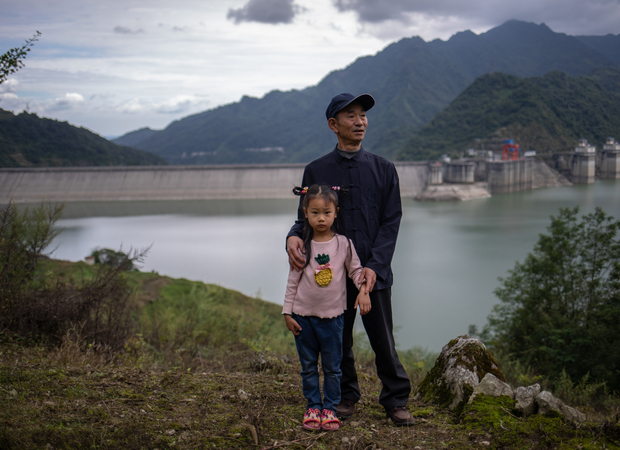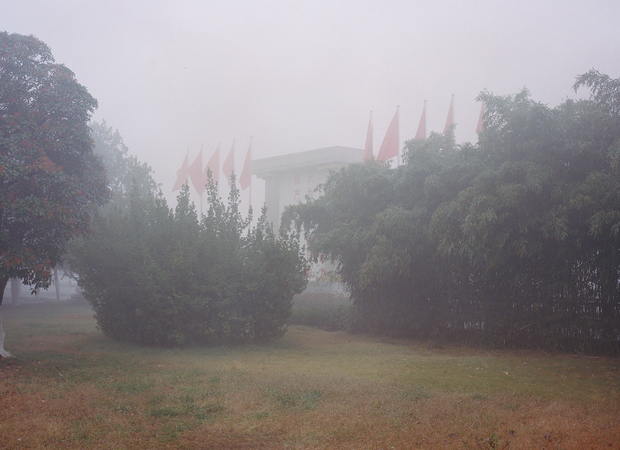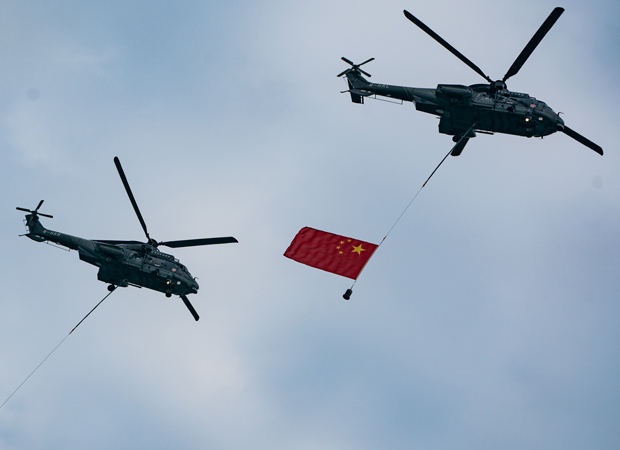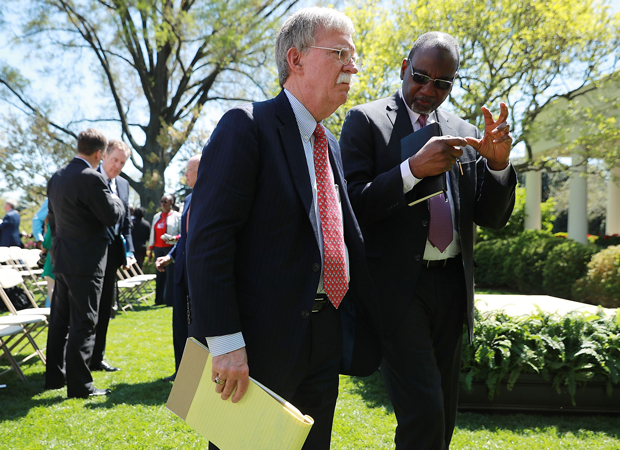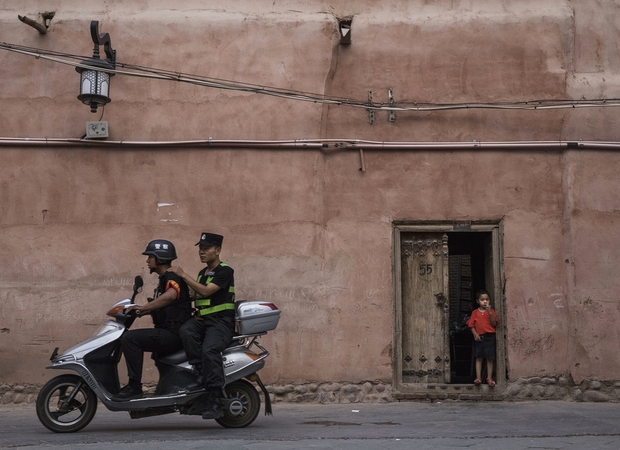In a courtroom in Zharkent, Kazakhstan, in July 2018, a former kindergarten principal named Sayragul Sauytbay calmly described what Chinese officials continue to deny: a vast new gulag of “de-extremification training centers” has been created for Turkic Muslim inhabitants of Xinjiang, the Alaska-sized region in western China. Sauytbay, an ethnic Kazakh, had fled Xinjiang and was seeking asylum in Kazakhstan, where her husband and son are citizens. She told the court how she had been transferred the previous November from her school to a new job teaching Kazakh detainees in a supposed “training center.” “They call it a ‘political camp’ . . . but in reality it’s a prison in the mountains,” she said. There were 2,500 inmates in the facility where she had worked for four months, and she knew of others. There may now be as many as 1,200 such camps in Xinjiang, imprisoning up to a million people, including Kazakhs, Kyrgyz, and especially Uighurs, who make up around 46 percent of Xinjiang’s population.
